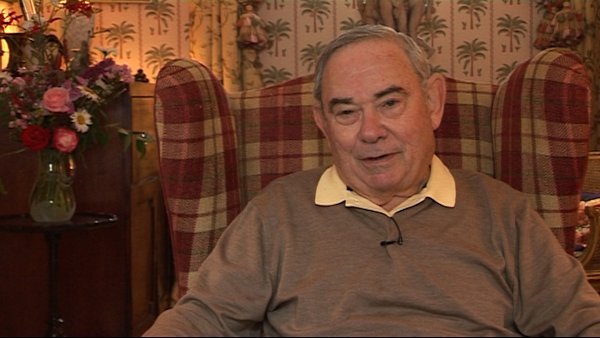NEXT STORY

How cell culture came to be seen as 'black magic'
RELATED STORIES

NEXT STORY

How cell culture came to be seen as 'black magic'
RELATED STORIES



Carrel also was one of the first... I doubt that he was the first, but he was one of the first biologists at least to take advantage, if you can call this an advantage, of the public and publicity and he encouraged the press to visit his laboratory, which they did almost on an annual basis to pay homage to this so-called immortal chick cell population. And there have been many articles written about this, these events, and several books indeed. One that I remember specifically, to give you some idea of the notoriety that he achieved, occurred one year when reporters from the New York World Telegram, I believe, came to his laboratory on the anniversary of one of the years of age of so-called immortal cell strain and published an article saying that it was still happily dividing and that Dr Carrel said that if you kept all the cultures – as I explained earlier, although these cultures were not done in the same way that I described earlier, but the ultimate events are pretty similar – that if you kept all of the cells that Dr Carrel had kept over these years as the cultures were divided, they would... and this is more or less a direct quote, they would have created a rooster big enough to cross the Atlantic in a single stride. That'll give you some insight into the kind of publicity that he enjoyed and apparently it provided either some personal satisfaction for him and the notoriety probably resulted in financial support for his research being increased.
The last thing I'll say about his search for publicity was that after Charles Lindberg flew the Atlantic alone for the first time. He was not the first to fly the Atlantic. He was the second, in fact. Lindberg returned to New York, of course, with a ticker tape parade, his notoriety was worldwide and as you may know he was trained as an engineer. By this time, Carrel had directed his research toward efforts to preserve intact organs, whole intact human organs in the lab. That is an entire liver, to keep it... keep the liver functioning as an intact liver in a vessel in the laboratory. Consequently, he needed someone knowledgeable about... essentially about plumbing. How do you provide nutrient through the arteries and veins within this organ to keep it alive as long as you possibly can. And whether this part of the story is the correct interpretation or not, I don't know, but he got in touch with Lindberg and hired Lindberg who was a worker in his laboratory for quite some time on the... on his efforts to keep an intact organ alive using some of the engineer principles allegedly known to Lindberg.
Leonard Hayflick (b. 1928), the recipient of several research prizes and awards, including the 1991 Sandoz Prize for Gerontological Research, is known for his research in cell biology, virus vaccine development, and mycoplasmology. He also has studied the ageing process for more than thirty years. Hayflick is known for discovering that human cells divide for a limited number of times in vitro (refuting the contention by Alexis Carrel that normal body cells are immortal), which is known as the Hayflick limit, as well as developing the first normal human diploid cell strains for studies on human ageing and for research use throughout the world. He also made the first oral polio vaccine produced in a continuously propogated cell strain - work which contributed to significant virus vaccine development.
Title: Alexis Carrel's quest for media attention
Listeners: Christopher Sykes
Christopher Sykes is a London-based television producer and director who has made a number of documentary films for BBC TV, Channel 4 and PBS.
Tags: Alexis Carrel, Charles Lindbergh
Duration: 3 minutes, 42 seconds
Date story recorded: July 2011
Date story went live: 08 August 2012